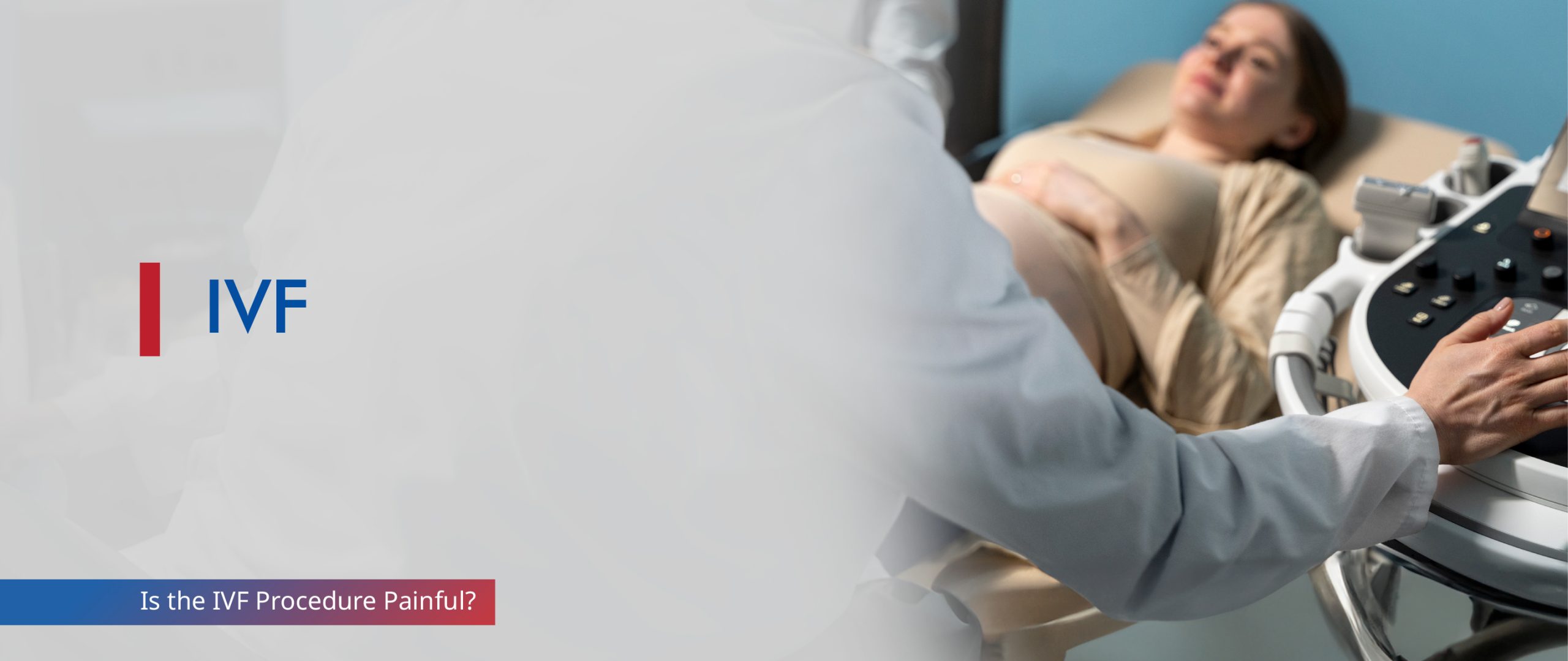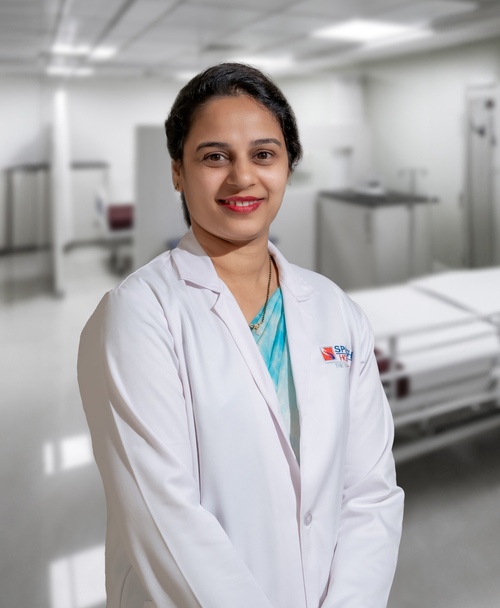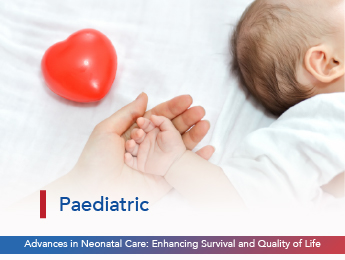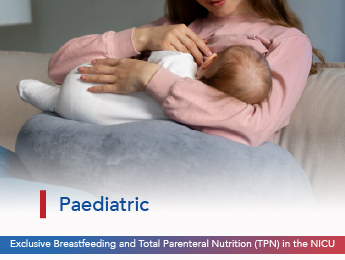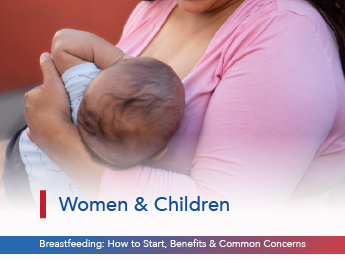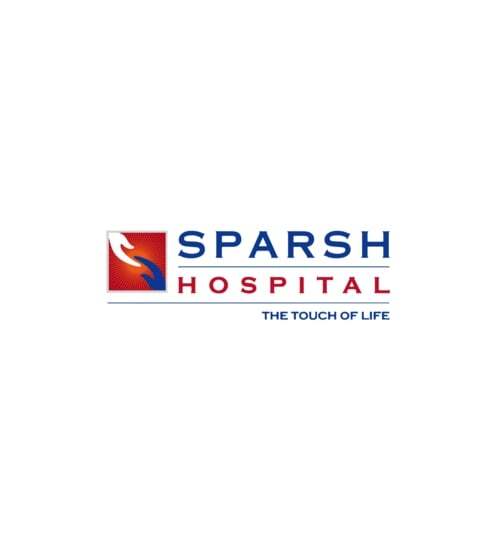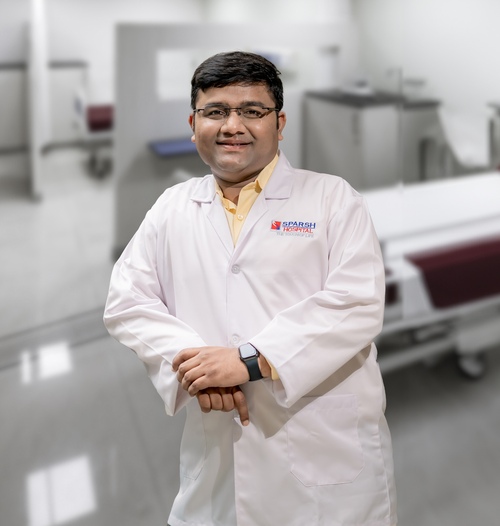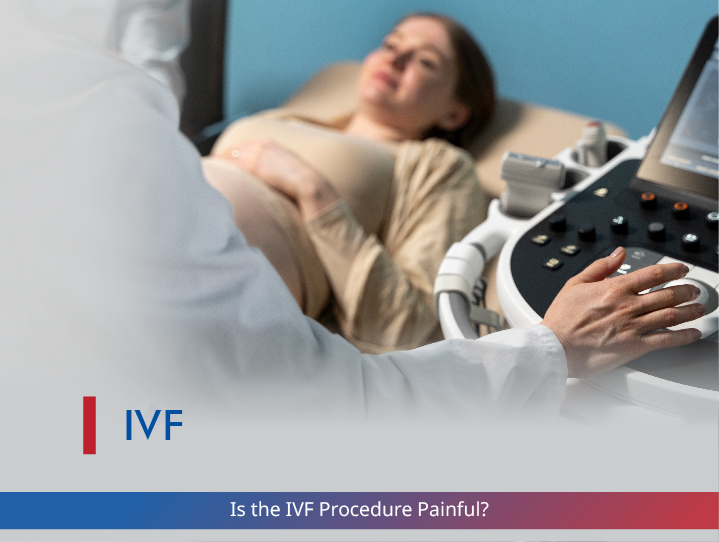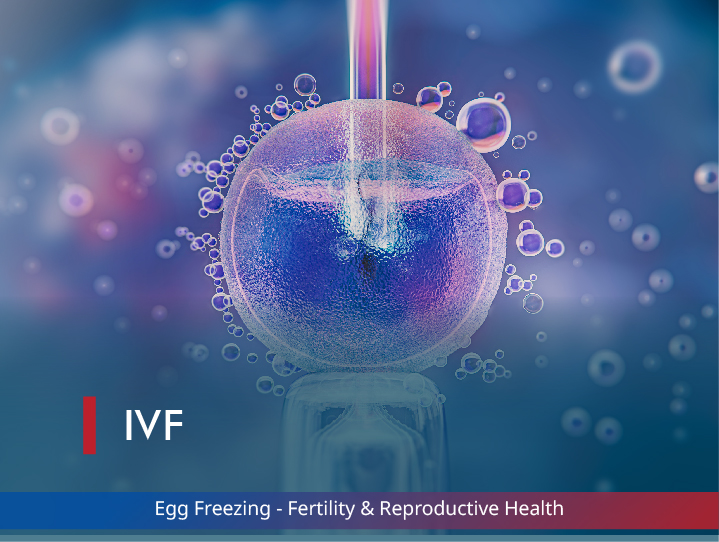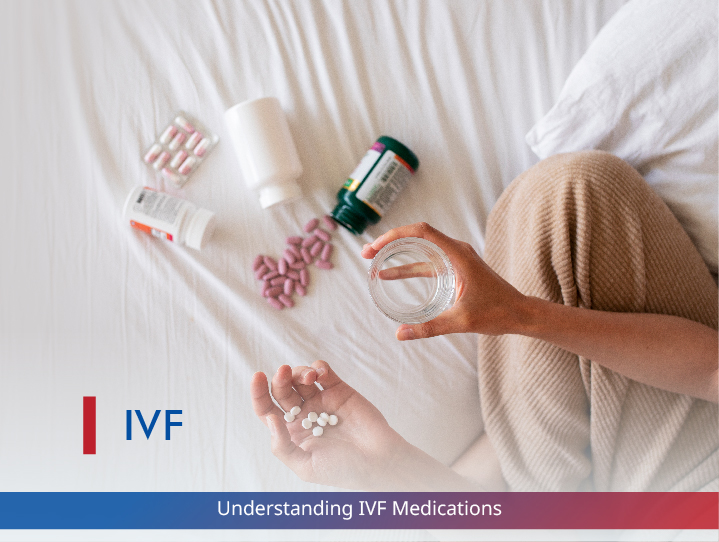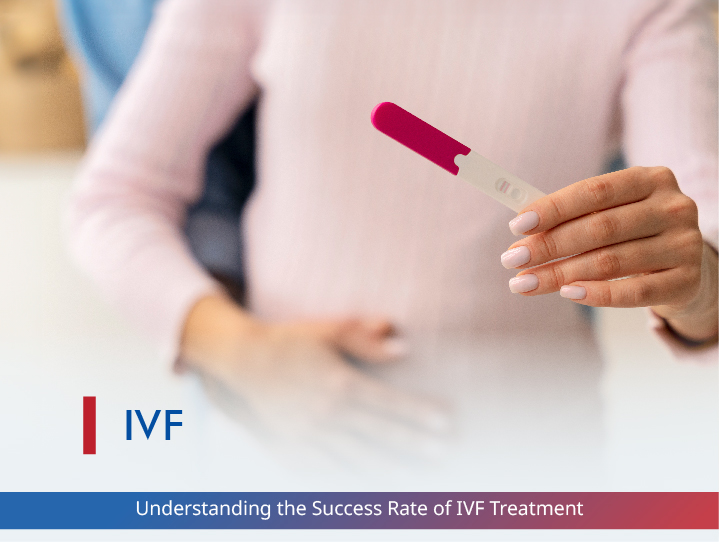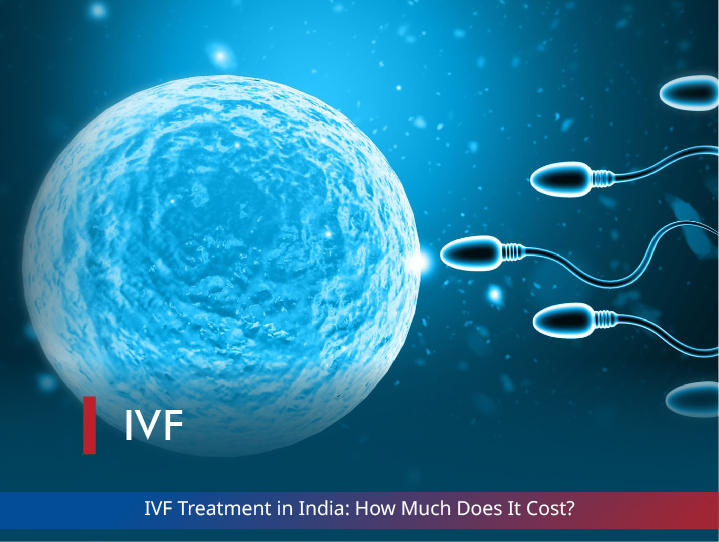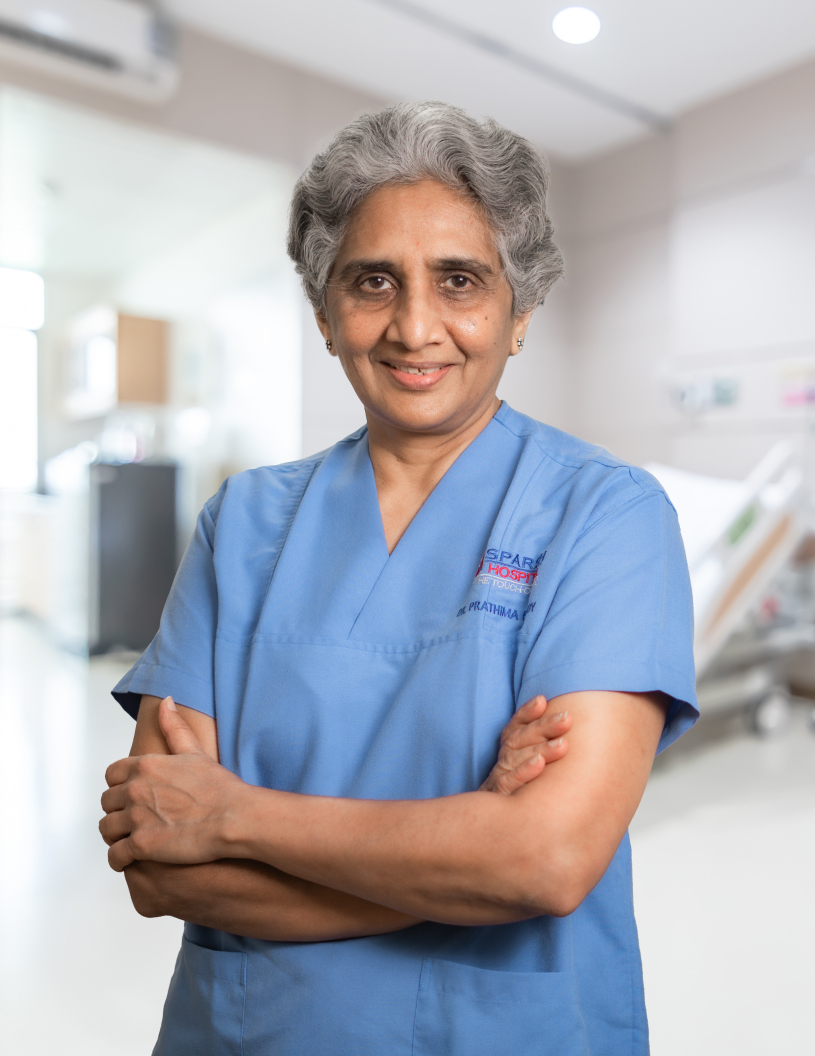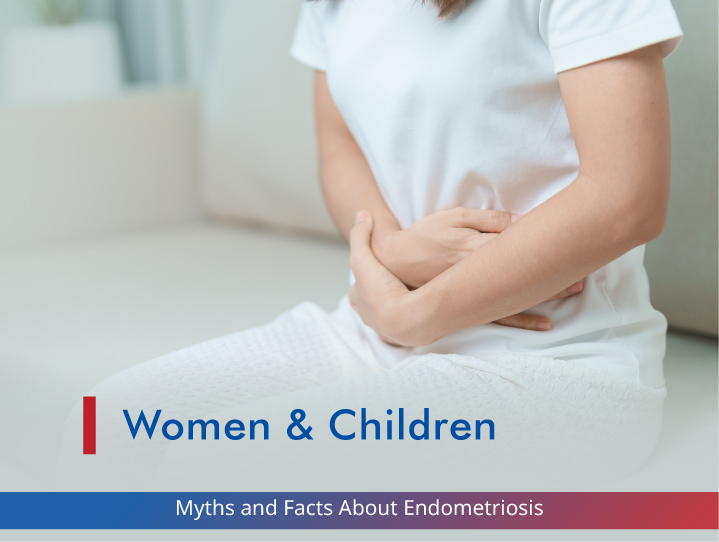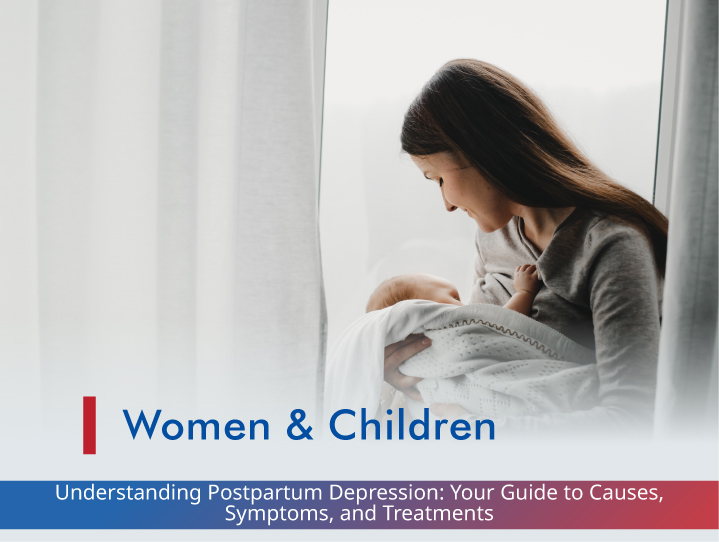Introduction
In vitro fertilisation (IVF) is the latest assisted reproductive technology (ART) that has revolutionised the field of reproductive medicine, giving hope to millions of couples grappling with infertility. However, for many considering this treatment, a common concern arises: is IVF painful? This comprehensive guide will explore the IVF process, addressing the potential discomfort associated with each stage and providing insights into how the procedure works.
Is IVF a Painful Process?
Is IVF a Painful Process?
This question doesn’t have a simple yes or no answer, says Dr. Deepthi Bawa. The IVF process involves several steps, each with varying levels of potential discomfort. It’s important to understand that pain perception is subjective and can differ from person to person. Let’s break down the IVF process and discuss the potential for discomfort at each stage:
Ovarian Stimulation
Patients receive daily hormone injections during this phase to stimulate the ovaries to produce multiple ova or eggs.
Is it Painful?
- The injections themselves typically cause minimal discomfort, similar to a pinprick.
- Some women may experience mild soreness at the injection site.
- Some women may feel bloating or mild abdominal discomfort as the ovaries enlarge.
Pain Management:
- Proper injection techniques can minimise discomfort.
- Alternating injection sites can help reduce soreness.
- Over-the-counter pain relievers can manage any discomfort.
Egg Retrieval
In this minor surgical procedure, doctors retrieve mature eggs from the female ovaries using a thin needle and ultrasound guidance.
Is it Painful?
- The procedure is performed under sedation or light anaesthesia, so patients do not feel pain during the retrieval.
- After the procedure, some women may experience mild to moderate cramping, bloating, or spotting.
Pain Management:
- The anaesthesia ensures a pain-free procedure.
- Over-the-counter pain relievers can usually manage any post-procedure discomfort.
- Rest and a heating pad can help alleviate cramping.
Embryo Transfer
This IVF step involves transferring one or more embryos into the uterus using a long, thin catheter.
Is it Painful?
- Most women report little to no pain during the embryo transfer.
- Some may experience mild cramping or discomfort, similar to a Pap smear.
Pain Management:
- The procedure is typically quick and does not require anaesthesia.
- Any mild discomfort usually subsides quickly.
Progesterone Supplementation
After the embryo transfer, doctors often prescribe progesterone supplements to support early pregnancy.
Is it Painful?
- If given as injections, some women may experience soreness at the injection site.
- Vaginal suppositories or gels are painless but may cause mild irritation.
Pain Management:
- Proper injection techniques can minimise discomfort from progesterone shots.
- Alternating injection sites can help reduce soreness.
Emotional Aspects
While it may not be physically painful, not physical pain, the emotional stress of undergoing IVF can be challenging for some patients.
Managing Emotional Stress:
- Counselling or support groups can be beneficial.
- Stress-reduction techniques like meditation or yoga may help.
- Open communication with your partner and doctor is crucial.
How IVF Works
Understanding how IVF works can help alleviate some anxiety about the process. Here’s a step-by-step breakdown of the IVF procedure:
Ovarian Stimulation
- Goal: To produce multiple mature eggs in a single cycle.
- Process: Daily hormone injections (gonadotropins) to stimulate the ovaries.
- Duration: Typically 8-14 days.
- Monitoring: Regular blood assessments and ultrasounds to track follicle development.
Trigger Shot
- Goal: To trigger final egg maturation.
- Process: A single injection of human chorionic gonadotropin (hCG) or other medication.
- Timing: Typically given about 36 hours before egg retrieval
Egg Retrieval
- Goal: To collect mature eggs from the ovaries.
- Process: A minor surgical procedure performed under sedation or light anaesthesia.
- Duration: Usually takes about 20-30 minutes.
- Technique: A thin needle is passed through the vaginal wall to retrieve eggs from follicles.
Sperm Collection
- Goal: To obtain sperm for fertilisation.
- Process: Usually through ejaculation or, in some cases, surgical extraction.
- Timing: Often done on the same day as egg retrieval.
Fertilisation
- Goal: To fertilise the eggs with sperm.
- Process: Eggs and sperm are combined in a laboratory dish (conventional IVF), or a single sperm is injected directly into each egg (ICSI – Intracytoplasmic Sperm Injection).
- Duration: Doctors generally check fertilisation after about 18 hours.
Embryo Culture
- Goal: To monitor embryo development.
- Process: Fertilised eggs are cultured in the laboratory for 3-5 days.
- Monitoring: Embryologists regularly check the embryos’ development and quality.
Embryo Transfer
- Goal: To place one or more embryos into the uterus.
- Process: Fertility experts use a thin catheter to transfer the embryo(s) through the cervix into the uterus.
- Duration: The procedure usually takes about 5-10 minutes.
- Guidance: Ultrasound is often used to ensure precise placement.
Luteal Phase Support
- Goal: To support early pregnancy.
- Process: Progesterone supplements (injections, suppositories, or gels) are given.
- Duration: Usually continues until early pregnancy is confirmed.
Pregnancy Test
- Timing: About two weeks after the embryo transfer.
- Process: A blood test to measure hCG levels.
Conclusion
While the IVF process can involve some discomfort, it is generally not considered extremely painful. Most women find the emotional stress of the process more challenging than the physical aspects. The ovarian stimulation phase may cause some bloating and discomfort, and the egg retrieval procedure, while performed under sedation, may result in some cramping afterwards. However, these symptoms are usually manageable with rest and over-the-counter pain relievers.
It’s important to remember that everyone’s experience with IVF is unique. Open communication with your doctor about any concerns or discomfort you’re experiencing is crucial. They can guide you about pain management techniques and adjust your treatment protocol if necessary.
Despite the potential for some discomfort, many women find that the possibility of achieving pregnancy outweighs the temporary physical challenges of the IVF process. With proper preparation, support, and care, most patients successfully navigate the IVF journey, focusing on building their families.
Frequently Asked Questions
How is IVF done step by step?
IVF is performed in several steps:
- Ovarian Stimulation: Daily hormone injections to stimulate multiple egg production
- Monitoring: Regular blood analysis and ultrasounds to track follicle development.
- Trigger Shot: Injection to finalise egg maturation.
- Egg Retrieval: Minor surgical procedure to collect eggs from the ovaries.
- Sperm Collection: Obtained on the same day as egg retrieval.
- Fertilisation: Eggs and sperm are combined in the laboratory.
- Embryo Culture: Embryologists monitor fertilised eggs for 3-5 days.
- Embryo Transfer: Fertility experts place one or more embryos in the uterus.
- Luteal Phase Support: Hormonal support for potential pregnancy.
- Pregnancy Test: Conducted about two weeks after embryo transfer.
How long is the IVF process from start to finish?
The entire IVF process typically takes about 6-8 weeks, from the initiation of ovarian stimulation to the pregnancy test. Here’s a general timeline:
- Ovarian Stimulation: 8-14 days
- Egg Retrieval: 1 day
- Fertilisation and Embryo Culture: 3-5 days
- Embryo Transfer: 1 day
- Wait for Pregnancy Test: About two weeks
However, this timeline can vary and depends on individual circumstances and specific protocols used by different clinics. Some women may need multiple cycles to achieve success, which would extend the overall duration of treatment.
